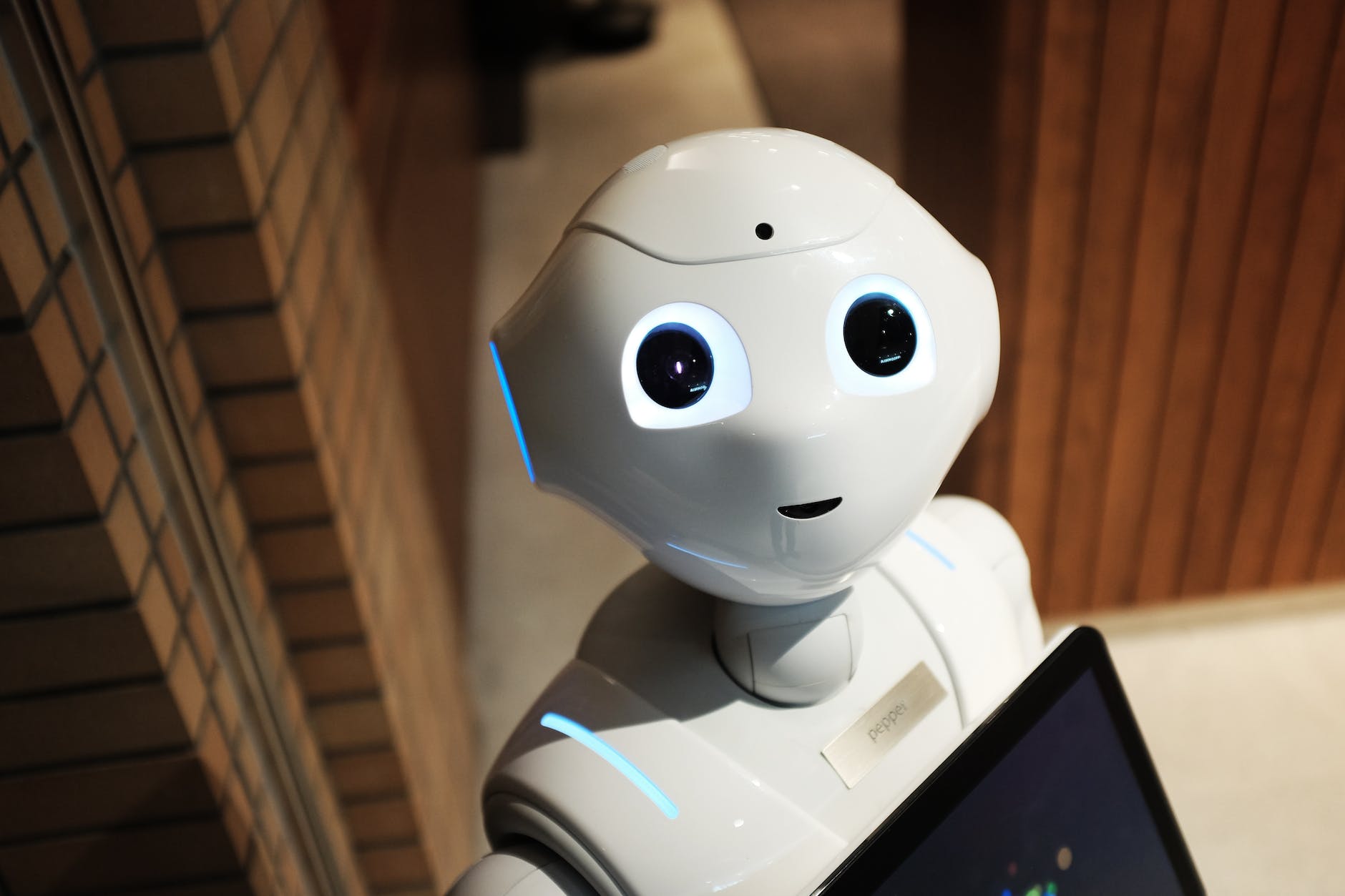With the metaverse now being one of the hottest topics in the tech space, more and more companies and people are looking at its potential. While still very much in its infancy, the metaverse concept could be a powerful shaper for the future of how we work and play. And it will do so through technologies like Augmented Reality (AR), Virtual Reality (VR), and Artificial Intelligence (AI) powering the new space. Today we look closely at how AI could make the metaverse workplace a powerful corporate tool.

What is the Metaverse, Again?
You have probably heard many differing concepts listed under the metaverse banner. That’s because it is a very new concept, only beginning to take its first steps in the wider tech world.
However, while the specifics may differ from thought to thought right now, the core concept of The metaverse is a fully-actualized 3D digital space accessible through cutting-edge technology. Powered by the idea of decentralization from control by governmental and corporate control, it is instead intended to be a community-shaped entity secured and powered by underlying blockchain technology.
Here people will work (and play), interacting in near-real situations through your online digital avatars. If you want to learn more about the effects metaverse will have on our workspaces, ExpressVPN’s study has more info for you.
Recapping the Power of AI
Artificial Intelligence is, of course, not a new concept. While it has remained a staple of Science Fiction for decades, it’s only in the last few years that we’ve seen it become a powerful working tool.
AI seeks to allow computers to perform tasks like humans, allowing for speech recognition, decision-making, machine learning, translation, etc.
It intends to imitate human intelligence in performing tasks and allow the software to responsibly ‘learn’ and improve itself based on feedback and information it collects.
How the AI and Metaverse Work Together
Alongside visual technologies like AR and VR, AI is set to be a cornerstone of the metaverse experience.
Avatars
Digital Personas will be a cornerstone of metaverse interaction, so, naturally, AI will have a solid role to play here. Using facial recognition software and similar biometric technology, AI will allow us to make realistic, accurate avatars to interact in the 3D realms of the metaverse. Think realistic mimics of facial expressions, mannerisms, and even the non-verbal cues on which so much of our communication relies.
In addition to these person-centric avatars, AI will help generate realistic humans to populate the metaverse- think the classic NPC, or non-player character, on a larger scale than ever. From hosting digital conferences to fully-immersive onboarding and training experiences, this is one of the key areas where AI can help bolster the metaverse experience.
Accessibility
One of the most compelling features of the metaverse concept is its ability to democratize spaces, from boosted accessibility onward. AI has particular uses in processing language, so the idea of a near-instantaneous and realistic technology that can translate languages at the click of a button, reproducing realistic and nuanced speech patterns for a broader language and a natural experience has a lot of potential. This is known as Natural Language Processing or NLP. Imagine chatting with satellite offices or clients naturally in their language, with no awkward delays and misunderstandings.
Real-time Issue Handling
With AI-handled algorithms, we also have the potential to maximize the resolution of issues in a human-centric and natural way. Think the IT or customer helpdesk, but powered up to the max. Here the power of machine learning can really shine, allowing a real-time response to issues and a more enjoyable user experience.
Education and Training
As you’ve doubtless already realized from our other points, AI in the metaverse workspace has the immense potential to revolutionize corporate education and training.
Users can learn immersively in a realistic environment, no matter where in the world they or their tutor may be. Teachers will have the ability to fully simulate working environments with no risk to the learner or the company. Imagine taking a new employee onto the job site to interact fully with critical elements risk-free.
Additionally, due to the full 3D simulation of the metaverse space, access issues like disability will no longer hamper skills development. Learning can be better tailored to each learner’s unique learning pattern.
Additionally, we can bring in the concept of ‘digital twinning’ or reinventing a ‘real’ space in the metaverse to test products and people and fully simulate an existing structure or product in a realistic but risk-free environment.
Additionally, assets, including cryptocurrency, can be stored in the metaverse space and traded as exchange-traded products, allowing a wholescale trading environment.
Additional AI Benefits to the Metaverse
With the underlying blockchain technology added to the mix, businesses will be better able to create, sell, and purchase adaptable products within the metaverse.
AIOps
AI-powered business operations allow the machine to handle your IT infrastructure. Predicting outages and identifying (and responding) to tech issues as they occur. These will be always-on, scalable products that grow alongside the corporate presence in the metaverse.
Bots
We’ve already seen how chatbots can revolutionize the workspace through responsive basic customer service tasks. Now imagine their potential when equipped with the ability to learn and respond in real time. From providing information to solving customer and staff issues, they could be a very potent addition to the metaverse workspace.
As you can see, the potentials for the intersection of Artificial Intelligence, the workplace, and the metaverse are immense indeed- and that potential is only growing as the wider potential of the Metaverse is explored and developed.
A workspace revolution is coming, and the potential to be unlocked in this merger of previously-unimagined technologies with the classic workspace is powerful. For forward-thinking companies, now is the time to start exploring your wider presence in the metaverse space before you’re left behind by the developments we’re seeing.

